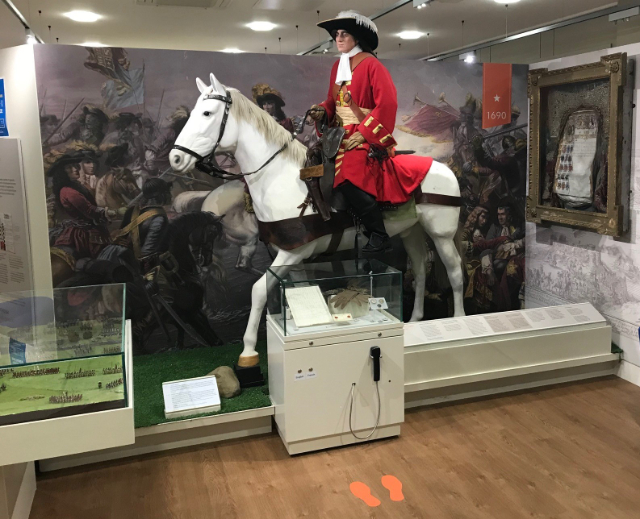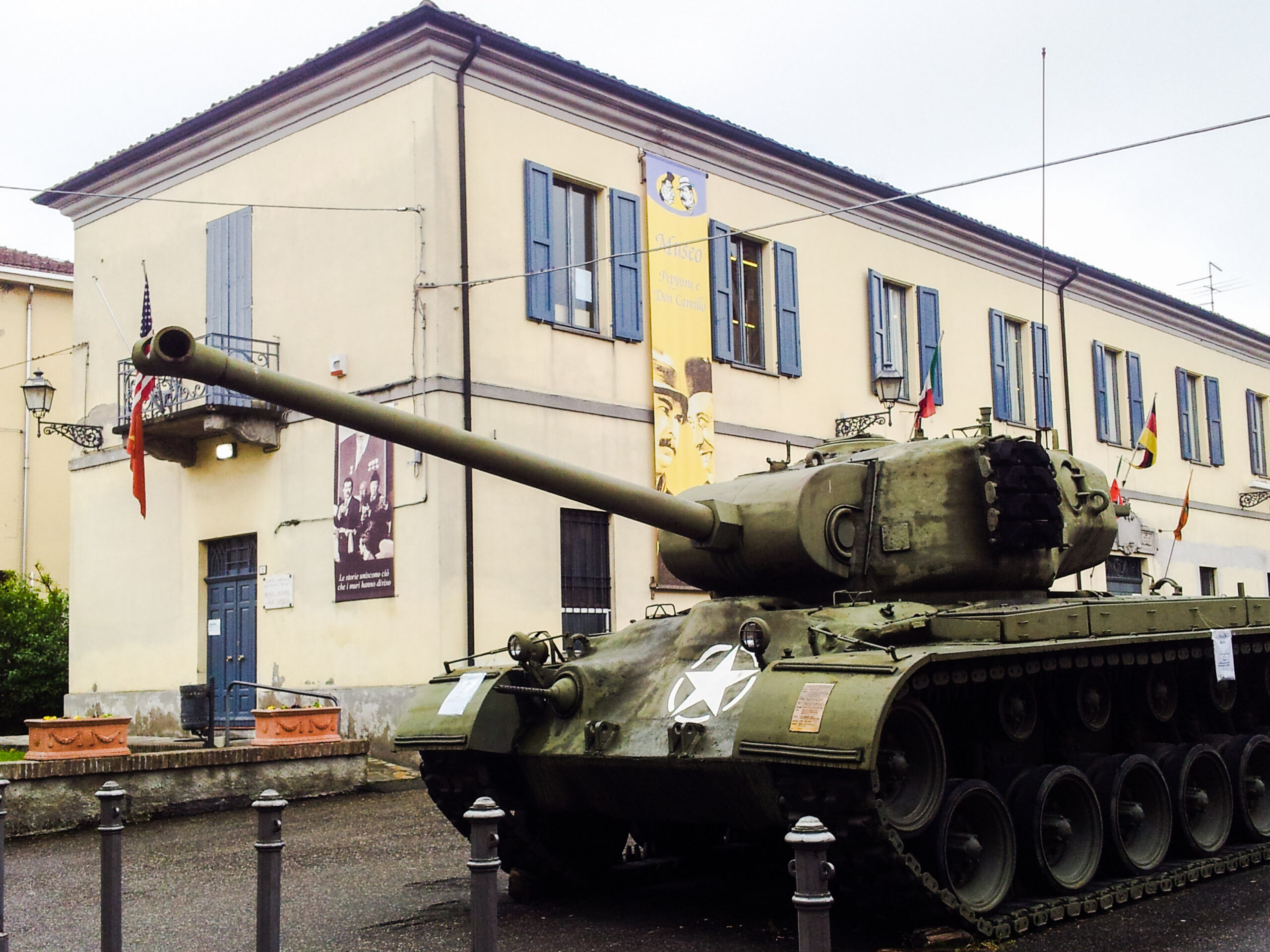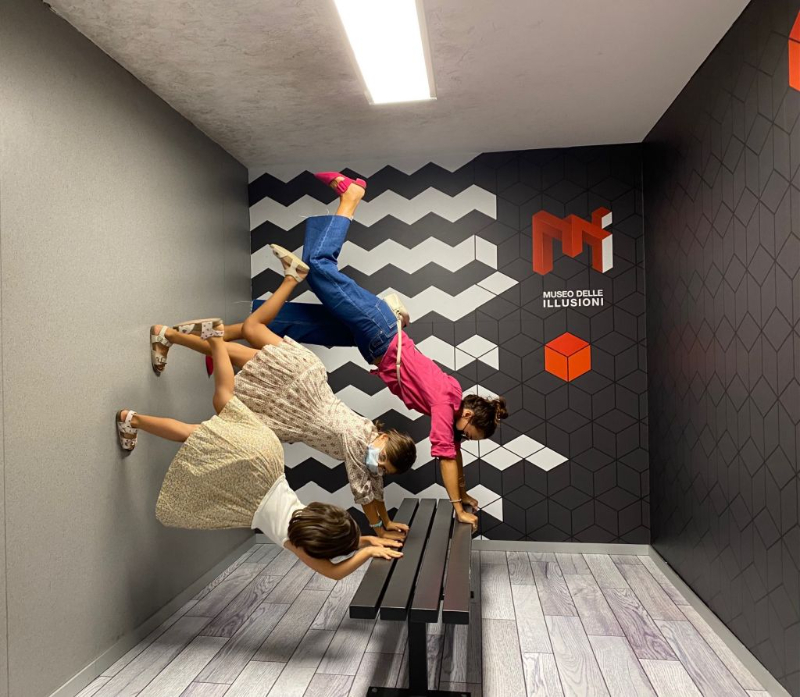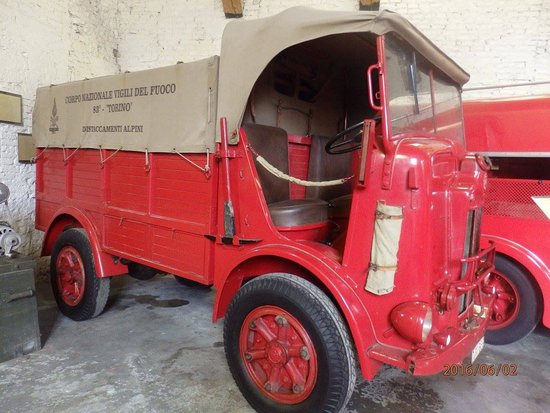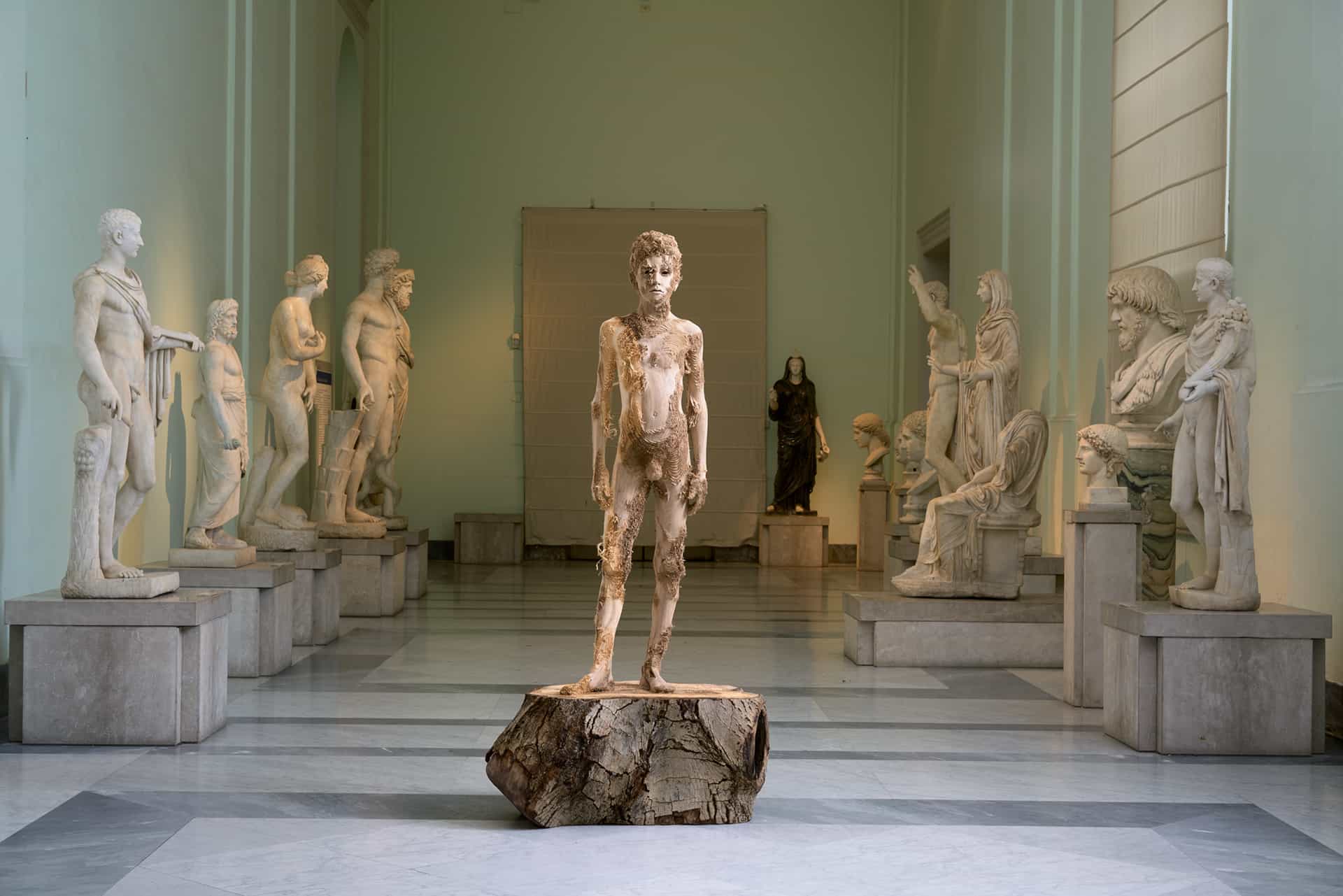The Berenziano Museum in Cremona, set up in the Episcopal Seminary, was established in 1913 by Mons. Angelo Berenzi following the donation of his collections to the Episcopal Seminary itself. In 1913, Mons. Angelo Berenzi, canon of the Cathedral, historian and teacher at the Seminary itself, donated the works of art and objects collected during his life to the institution, thus founding a museum dedicated to the memory of his recently deceased mother Caterina Gorno.
Over time, the original nucleus of the collection has expanded with the addition of archaeological finds, works and objects from later bequests and donations, such as a copy of an Etruscan amphora sent by Pope Benedict XV.
The museum itinerary is divided into three exhibition sections:
Archaeological with archaeological finds from excavations, such as terracottas, coins, bronzes and weapons;
Historical-naturalistic with herbariums (XVIII century), zoological specimens, minerals and rocks;
Artistic with works by Romanino, Parmigianino, Campi, Cima da Conegliano, Meloni, Genovesino and others.
Of particular historical-artistic and cultural interest:
The Museum preserves finds, works and objects, among which stand out for their historical-artistic interest and cultural value:
Three ceiling tiles (second half of the 15th century) by Bonifacio Bembo.
Statue of Saint Sebastian (first quarter of the 16th century), in polychrome wood, by Giovanni Angelo Del Maino.
Adoration of the shepherds (1512 – 1514), oil on wood, by Altobello Meloni.[1]
Mystic marriage of Saint Catherine of Alexandria (second quarter of the 17th century), oil on canvas, by Luigi Miradori, known as the Genovesino.
Statue of Jesus Christ risen (late 17th – early 18th century), in wood, polychrome and gilded, attributed to Giacomo Bertesi.
Kiss of Judas Iscariot (c. 1840), oil on canvas, by Giuseppe Diotti.
Icons, datable from the 15th to the 19th century.
Engravings by Rembrandt, Durer and Callot.
The visit is completed by the Seminary library where precious incunabula and antique printed books are kept.



